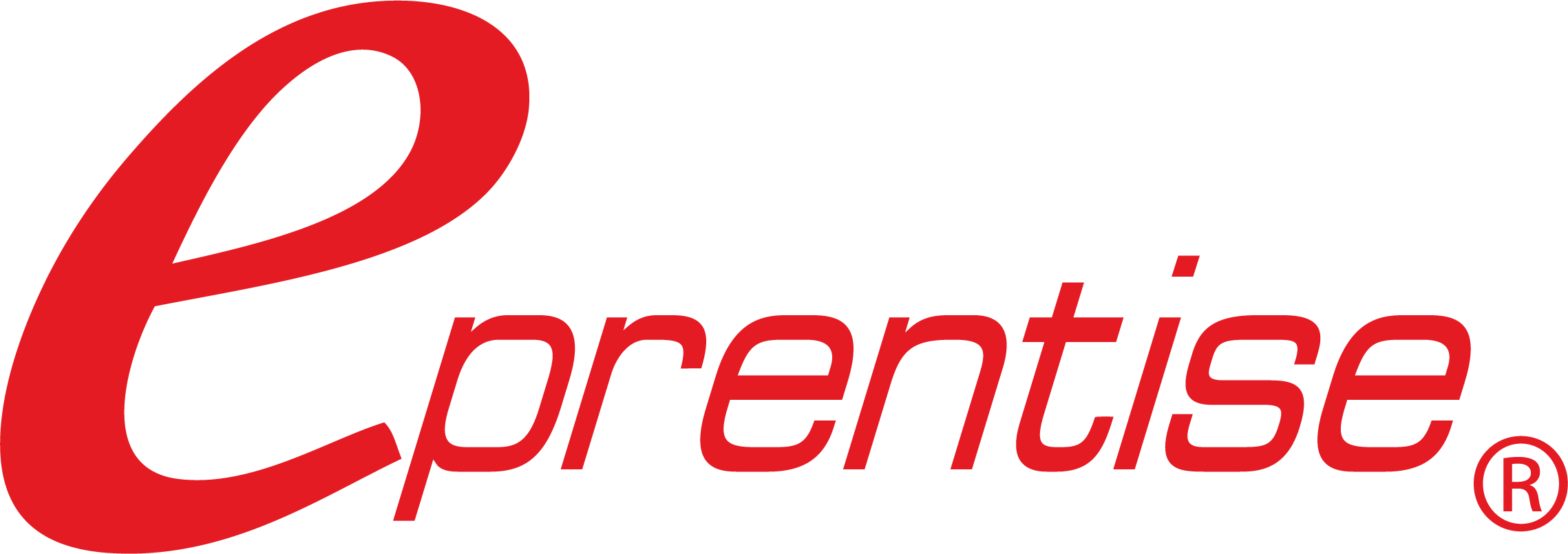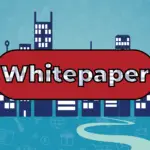The modern business and accounting landscape requires professionals to exercise and elucidate skills and understanding across many different avenues for both internal teams and external client communications. The strategic use of data visualizations has become an indelible resource for top auditing firms to represent complex datasets quickly and effectively. Review five audit areas that benefit from the use of data visualizations.
1. Risk Assessment
Incorporating visualizations into the analysis of risk assessment provides a clear and concise way to represent patterns and trends that may be difficult to recognize in raw data. Outlier detection models can be created to more easily identify transactions that deviate from current, historical, or industry norms. This leads to better identification of patterns and trends, enhanced decision-making by more informed team members, easier comparisons and future benchmarking, more accurate risk mapping and concentration, and easier detection of irregularities, anomalies, or fraud.
2. Journal Entry Testing
When large companies operate with numerous accounts and process large volumes of transactions, comparative visualizations can be invaluable for testing journal entries. Quickly filter and identify patterns of user activity to review individual auditor efficiency, distributions, and inconsistencies that may indicate errors or previously unidentified problems with internal controls as well as allow for comparison of journal entries over time or across different accounts.
3. Cut-off Testing
Visualization tools enable auditors to review entire years’ worth of data at a glance, helping to pinpoint areas that require additional investigation or trends of inappropriate reporting. By visually categorizing transactions based on timing criteria, auditors can prioritize their efforts on areas with a higher likelihood of cut-off errors, ensuring a more focused and risk-based approach with better allocated resources.
4. Client Communication
Large and complex data sets can be difficult to communicate to non-technical audiences and stakeholders. Using charts and dashboards can make critical metrics easier to interpret, analyze, and retain. More effective storytelling maintains interest and fosters informed collaboration, decision-making, and comprehension of an auditor’s suggestions.
4. Improving Efficiency
Incorporating visualizations into the audit process has many efficiency gains including time savings, increased productivity, streamlined analysis and review cycles, real-time monitoring of change as well as improved accuracy, communication, and auditor collaboration. Clear visual summaries allow for efficient communication of audit findings, reducing the need for exhaustive textual explanations, protracted meetings, and extensive manual data review.






